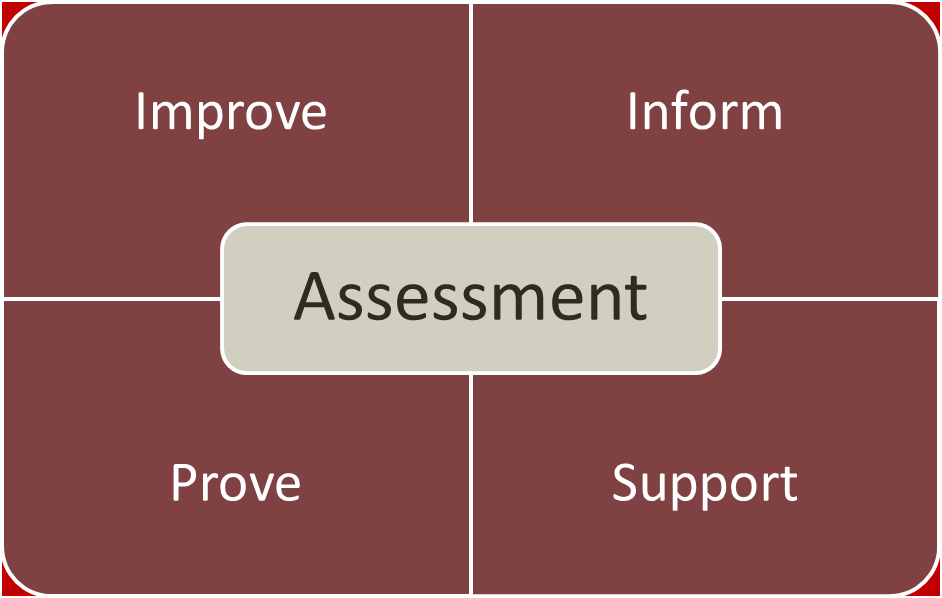- About Ramapo
- Academics
- Admissions & Aid
- Student Life
- Athletics
- Alumni
- Arts & Community
- Quick Links
- Apply
- Visit
- Give
Administrative Assessment Committee (AAC)
Welcome to the Administrative Assessment Committee (AAC) homepage!
Administrative Assessment Committee Charge:
1. To work with primarily administrative units to identify and implement meaningful, streamlined, and sustainable effectiveness plans and assessment practices that contribute to a culture of continuous learning; and
2. To review institutional data (including surveys) in collaboration with the vice provost for curriculum and assessment, Director of Institutional Research, CWAAC, and other bodies to coordinate or to implement, as necessary, the advancement of institutional effectiveness.
AAC is expected to facilitate the assessment of goals for primarily non-academic, administrative units at the College. Further, it is expected that AAC’s work will, over time, transition from being hands-on and directive to being more consultative and support-oriented. Under the leadership of the Director of Institutional Research and the VP for Policy, Research & Governance, AAC includes members from various Cores whose functions lend themselves to enterprise-wide perspectives, systems knowledge, assessment, and/or data analysis.
Somewhat mirroring the successful CWAAC model, each AAC member is expected to convene a Core Effectiveness Committee (CEC) which will coordinates planning and assessment that is conducted by departments and other units.
Core Effectiveness Committees (CEC) Charge:
CECs are convened and led by AAC members. They are charged to:
1. Coordinate the assessment activities for various primarily non-academic administrative units across cores;
2. Review institutional goals and objectives to align and integrate institutional objectives with unit/departmental-based effectiveness plans;
3. Review unit effectiveness plans and submit reports and, working with their AAC liaison, provide peer feedback, promote collaboration, identify resources to support assessment activities, and help AAC in determining overall progress made towards achieving institutional goals;
4. Review institutional assessment data and collaborate with AAC representatives to coordinate or to implement, as necessary, additional or modified assessments of unit effectiveness plans; and
5. Contribute to periodic Effectiveness and Assessment Briefs and suggest other effectiveness and assessment-related resources.
Purposes of Administrative Assessment:
- To improve – The assessment process should provide feedback to determine how the administrative unit can be improved.
- To inform – The assessment process should inform department heads and other decision-makers of the contributions and impact of the administrative unit to the development and growth of students.
- To prove – The assessment process should encapsulate and demonstrate what the administrative unit is accomplishing to students, faculty, staff and others.
- To support – The assessment process should provide support for campus decision-making activities such as unit review and strategic planning, as well as external accountability activities such as accreditation.
Copyright ©2025 Ramapo College Of New Jersey. Statements And Policies. Contact Webmaster.



Follow Ramapo